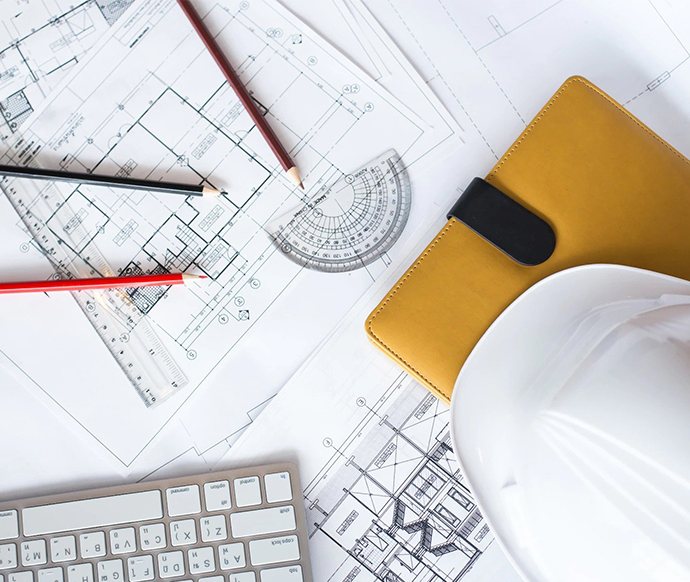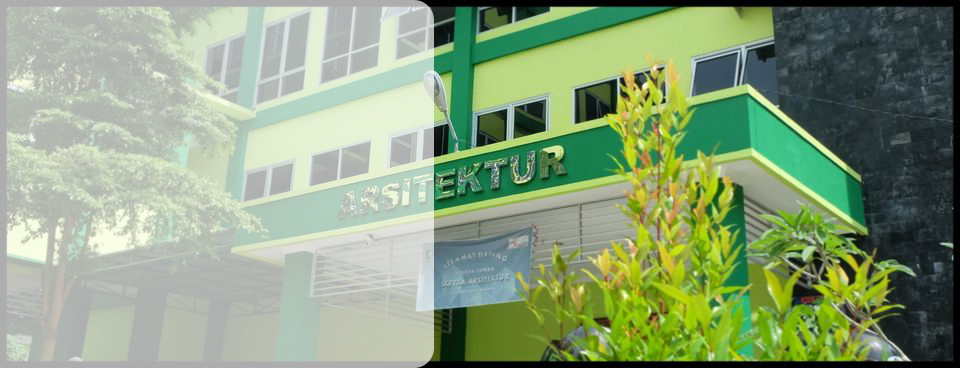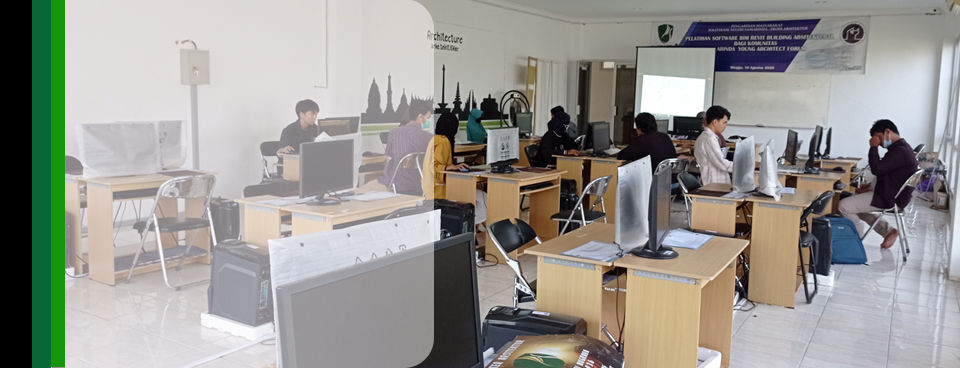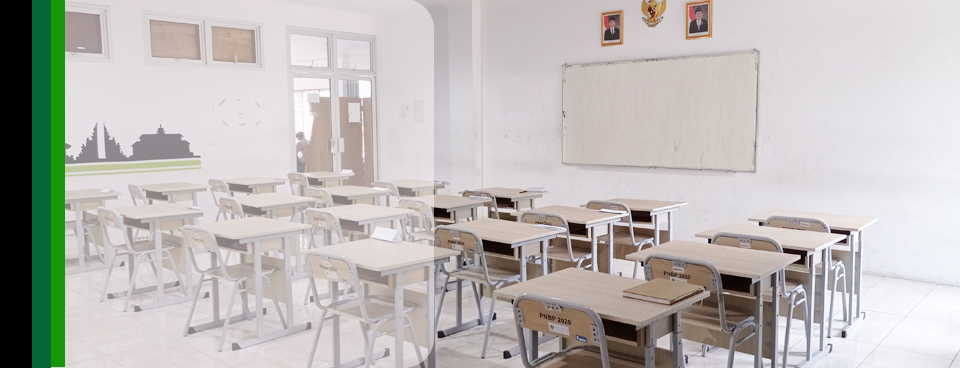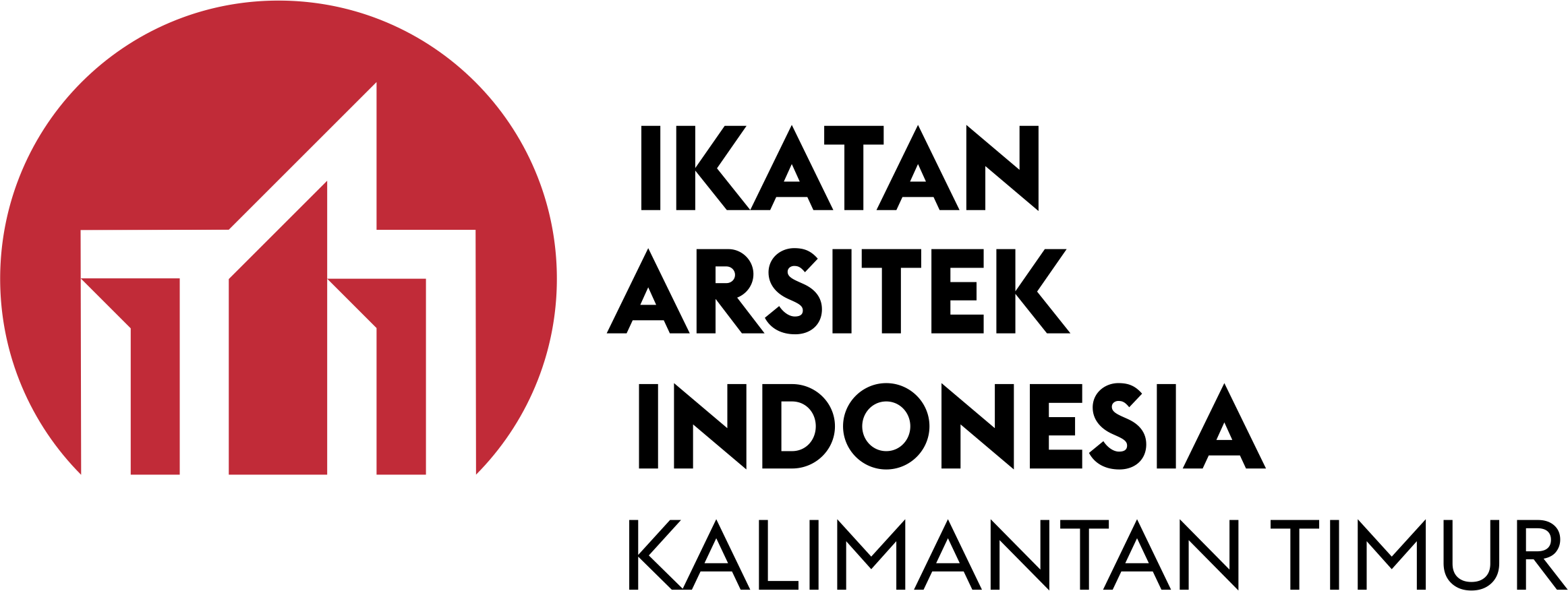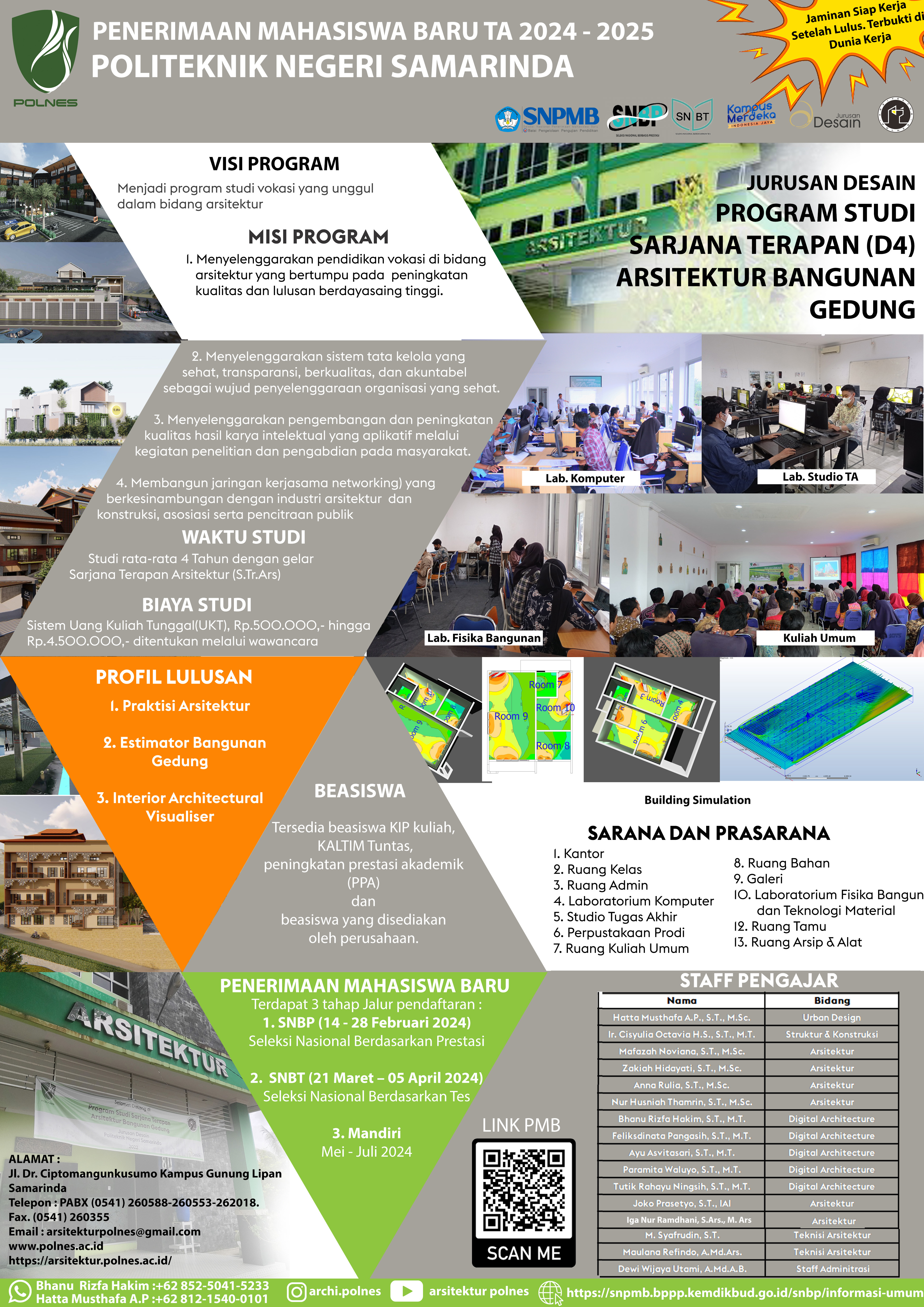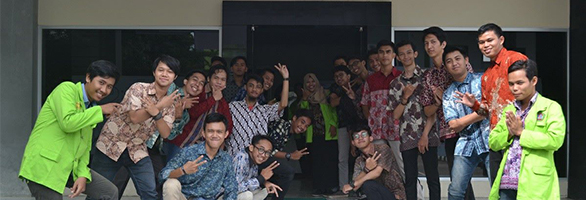
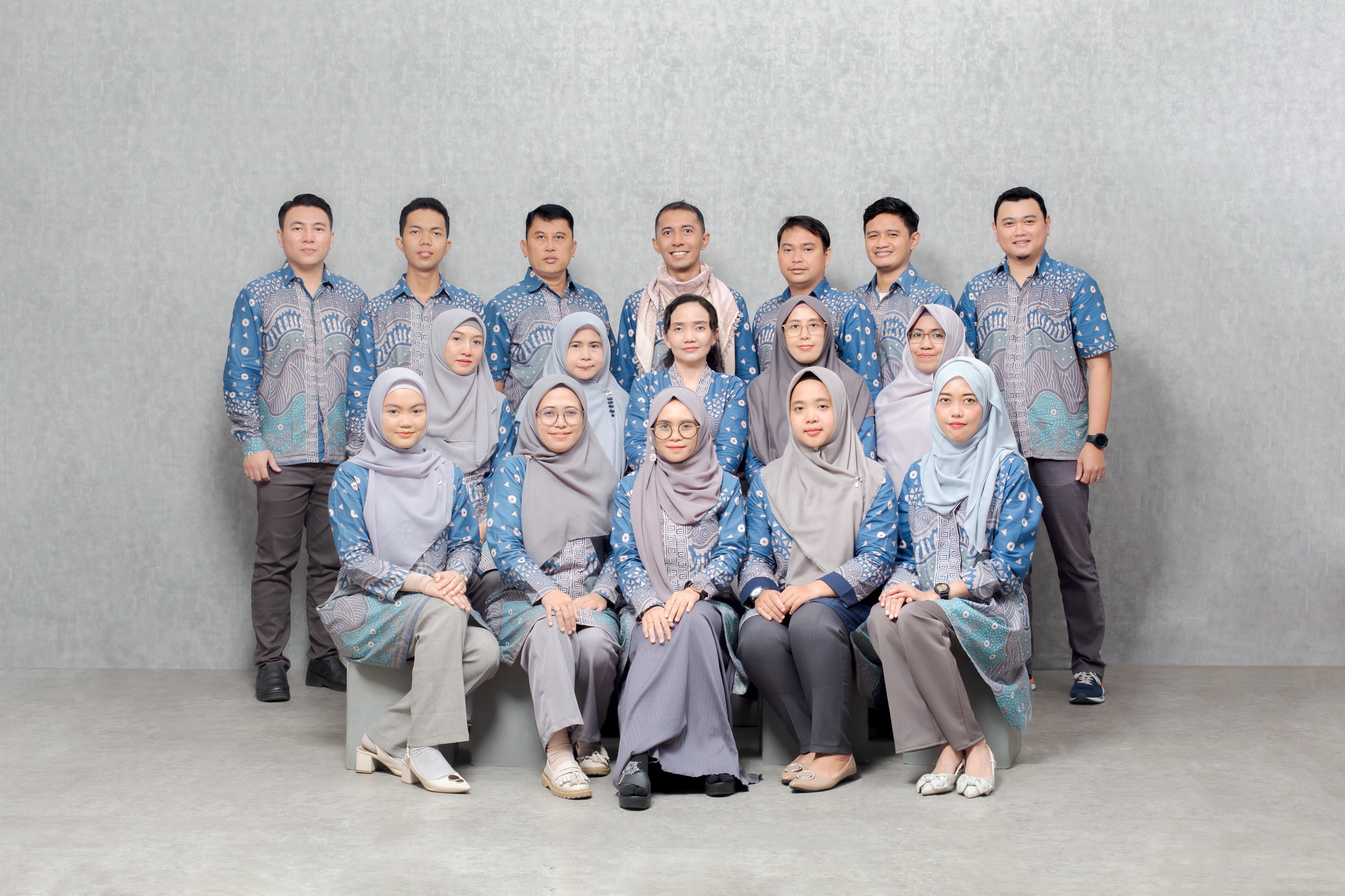
Prodi Arsitektur Bangunan Gedung
Selamat datang di website resmi Program Sarjana Terapan Arsitektur Bangunan Gedung. Merupakan kampus pertama yang berdiri dibidang Arsitektur, di Samarinda Kalimantan Timur sejak tahun 2006. Kampus Arsitektur yang mencetak lulusan siap kerja, dan hampir semua lulusan terjamin pekerjaan dan sesuai bidang nya. Kebanyakan Lulusan terserap kedalam dunia industri yang ada dengan waktu tunggu yang sangat singkat, bahkan sudah bekerja sebelum lulus dan wisuda. Saya, sebagai Koordinator Arsitektur, dengan senang hati menyambut Anda dalam perjalanan melalui dunia desain dan konstruksi bangunan yang menginspirasi.
Di Kampus ini, kami membawa visi menjadi program studi vokasi yang unggul dalam bidang arsitektur dan misi kami. Selain itu menciptakan ruang-ruang yang tidak hanya memenuhi kebutuhan fungsional, tetapi juga mengangkat pengalaman penghuninya ke tingkat yang lebih tinggi. Desain arsitektur adalah bahasa yang berbicara tentang identitas, dan di sini, setiap bangunan menceritakan kisah uniknya sendiri.
Melalui kurikulum kami, kami berusaha melibatkan siswa dengan prinsip-prinsip desain inovatif, teknologi terkini, dan penekanan pada keberlanjutan. Kami mendukung setiap mahasiswa untuk mengeksplorasi kreativitas mereka dan mengembangkan keterampilan yang diperlukan untuk menjadi pemimpin di dunia arsitektur.
Tim dosen dan profesional kami membawa pengalaman praktis yang luas ke dalam kelas, membimbing mahasiswa untuk memahami tantangan nyata yang dihadapi oleh arsitek bangunan gedung saat ini. Kami percaya bahwa pendidikan tidak hanya terjadi di dalam kelas, tetapi juga melalui proyek-proyek nyata yang memungkinkan mahasiswa untuk menerapkan pengetahuan mereka dalam lingkungan yang sesungguhnya.
Website ini adalah jendela ke dunia inspirasi dan pengetahuan arsitektur bangunan gedung. Silakan jelajahi portofolio proyek mahasiswa kami, baca berita terbaru tentang tren arsitektur, dan temukan lebih banyak tentang program-program kami yang inovatif.
Jika Anda tertarik untuk menjadi bagian dari kami atau memiliki pertanyaan lebih lanjut, jangan ragu untuk menghubungi kami. Kami berharap dapat berbagi semangat kami untuk arsitektur dengan Anda dan menyambut Anda dalam perjalanan belajar di Kampus Arsitektur Bangunan Gedung kami.
( Link Pendaftaran Penerimaan Mahasiswa Baru untuk SPNB https://snpmb.bppp.kemdikbud.go.id/snbp/informasi-umum dan
SNBT https://snpmb.bppp.kemdikbud.go.id/utbk-snbt/informasi-umum)
untuk lebih jelas bisa kunjungi https://arsitektur.polnes.ac.id/blog/pmb
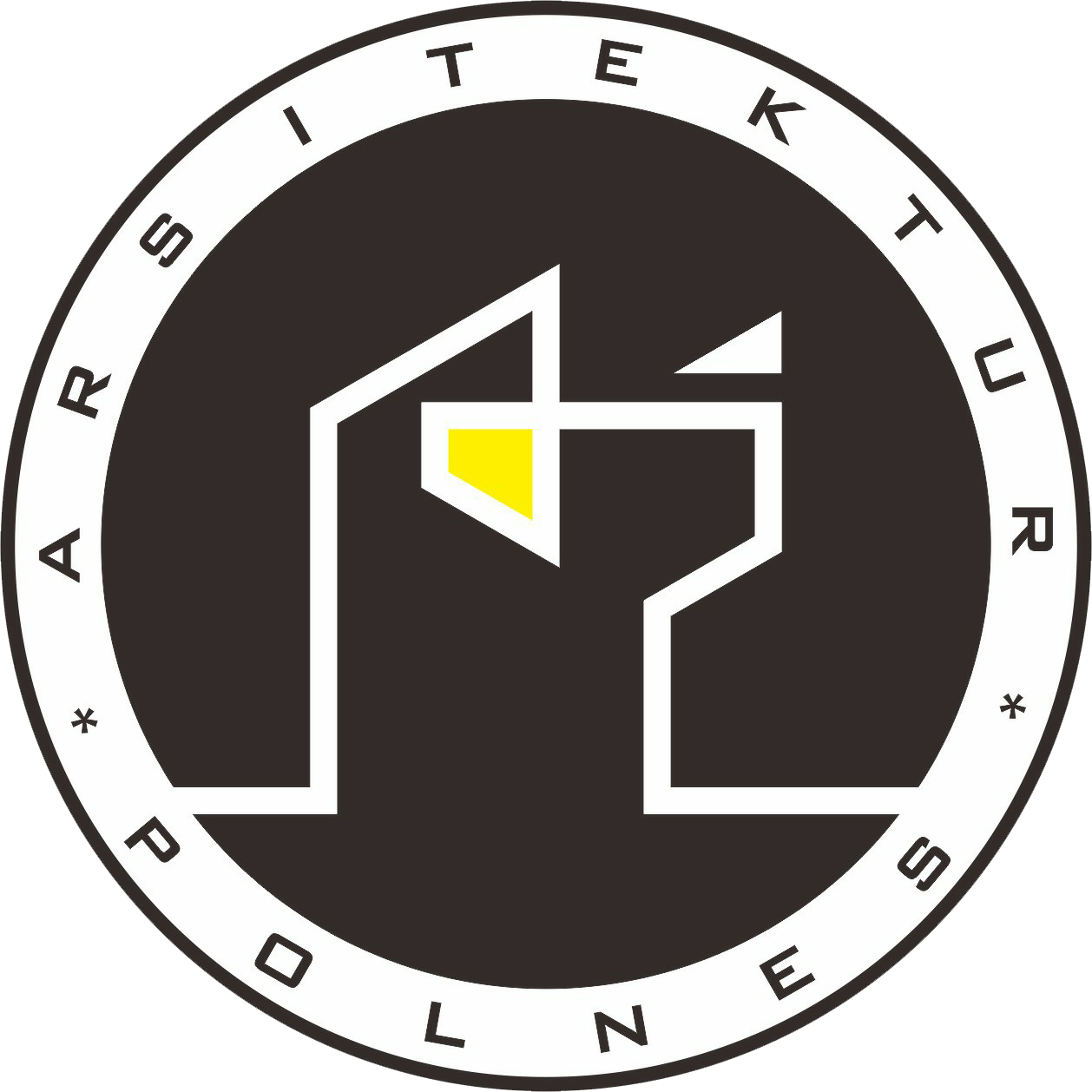
Bhanu Rizfa Hakim, ST., MT.
Koord. Arsitektur Bangunan Gedung

Berita & Artikel Terbaru
Informasi terbaru tentang Program Studi Arsitektur Polnes
Frequently Ask Questions (FAQ's)
Pertanyaan Seputar Program Studi Sarjana Terapan Arsitektur Bangunan Gedung Politeknik Negeri Samarinda
